Ever tried talking to your plants about SEO? Maybe it’s time you did! In the ever-blooming gardening world, staying visible online is as crucial as the right amount of sunlight for your petunias. This article, sprouting right here on Plerdy’s blog, digs deep into the fertile soil of Gardening SEO. We’re about to unearth five (now seven!) groundbreaking tips that will help your gardening business flourish online. From understanding the seasonal nature of your green audience to leveraging the power of keywords, each tip is a seed that, when sowed wisely, promises a lush garden of digital presence. So, grab your gardening gloves and let’s get planting in the digital landscape!
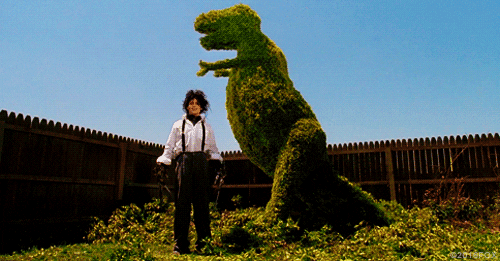
Understanding the Gardening Industry and SEO
Imagine a world where your gardening business blossoms online just as beautifully as your azaleas in spring. That’s the power of understanding SEO in the context of the gardening industry. This section aims to root you firmly in this fertile digital landscape.
- Trends in the Gardening Industry: Gardening isn’t just about planting seeds anymore; it’s about planting ideas online. In recent years, the industry has shifted towards organic gardening, sustainable practices, and a surge in home gardening hobbies, especially post-pandemic. With platforms like Instagram and Pinterest blooming with gardening enthusiasts, your SEO strategy must be as organic and evolving as the industry.
- The Importance of Seasonality: SEO in gardening is as seasonal as gardening itself. Keywords that flourish in spring might wither in winter. For instance, “summer flowers” might be a hot search in June but cool down by September. Understanding this ebb and flow is crucial. Seasonal SEO isn’t just about survival; it’s about thriving.
- Target Audience Analysis: Your audience is as diverse as a well-tended garden. Each segment requires a different SEO approach, from professional landscapers to weekend warriors. Millennials, for instance, might search for eco-friendly gardening tips, while older generations might be more interested in traditional landscaping. Tailoring your content to these varied interests is key.
To grow your online presence in the gardening industry, you need to understand its unique trends, the seasonality of your audience’s interests, and the diverse nature of your potential customers. It’s not just about knowing your plants; it’s about knowing your people.
Navigating the evolving trends, capitalizing on seasonality, and understanding your diverse audience are the seeds of a successful SEO strategy in the gardening world. With these insights, you’re well on your way to cultivating a digital presence as vibrant as your garden.
Keyword Research and Optimization
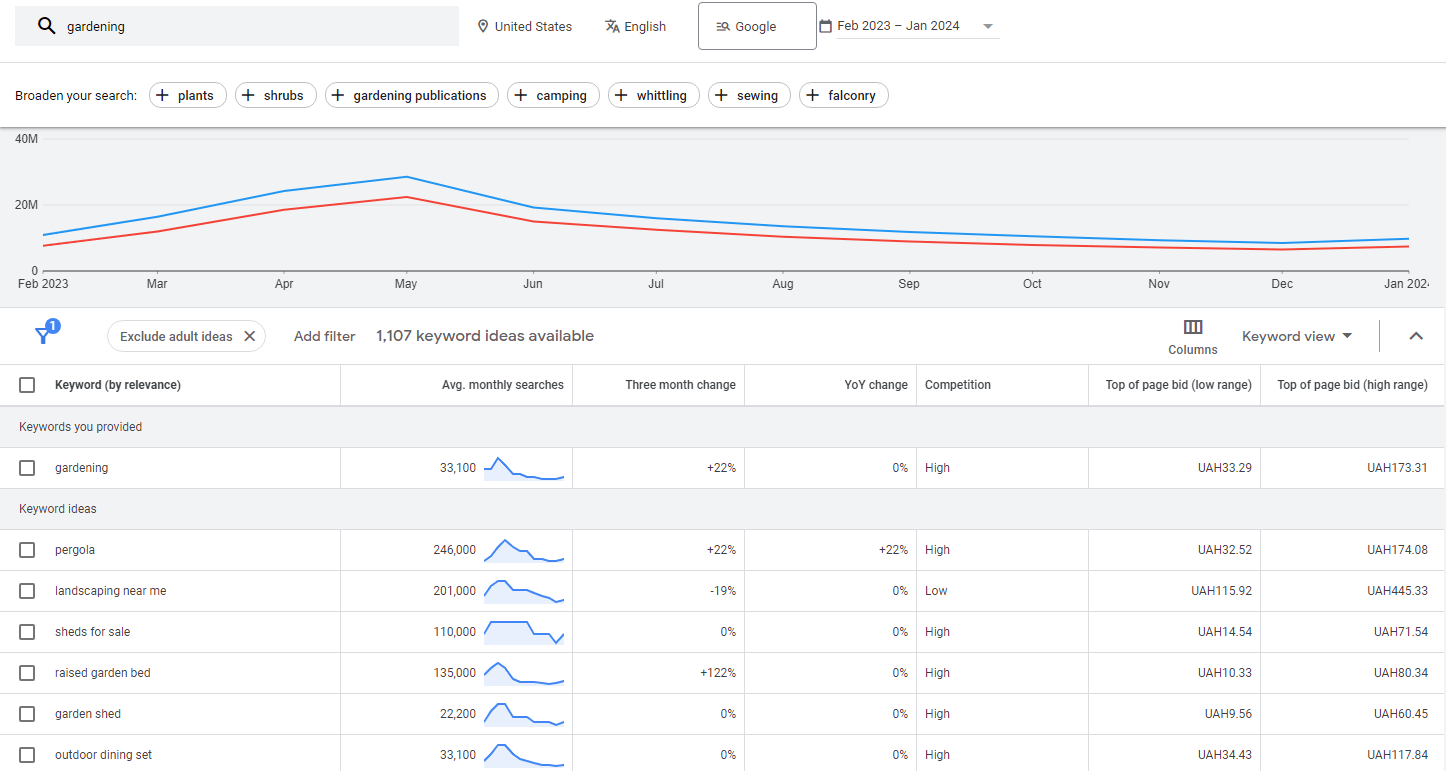
“Choosing the right seed is the first step to a bountiful harvest.” This adage holds not just in gardening but also in SEO. In this digital garden, your seeds are keywords vital for growing your online presence. Let’s cultivate a strategy for effective keyword research and optimization.
- Identifying the Right Keywords: Navigating the world of keywords is like knowing what to plant in which season. Find gardening keywords with Google Keyword Planner or SEMrush. Look for something other than the high-volume keywords; look for those specific to your products and services. For example, “organic gardening supplies” might be more relevant than a generic “gardening.” Remember, relevance is key – it attracts the right kind of traffic to your website.
- Implementing Keywords: Once you have your list of keywords, it’s time to plant them in your content. But remember, overstuffing is like over-fertilizing – it does more harm than good. Keywords should be integrated naturally into website content, blog posts, product descriptions, and meta tags. Each page on your site should focus on a unique set of keywords, akin to how different plants require different care.
Keyword density should be 1-2%—not overwhelming. The title, headings, opening paragraph, and conclusion should include your keyword. To avoid redundancy, vary and synonymize. For instance, alternate “gardening gloves” with “horticultural handwear” or “planting gloves.”
Keyword research and optimization are delicate balancing acts. Know what your potential clients are searching for and include these terms in your content naturally and engagingly.
As we wrap up this section, remember that keywords are like the right fertilizer – they can exponentially boost your website’s growth. With the right research and thoughtful implementation, your gardening website can reach the top of search engine results.
Content Creation and Blogging
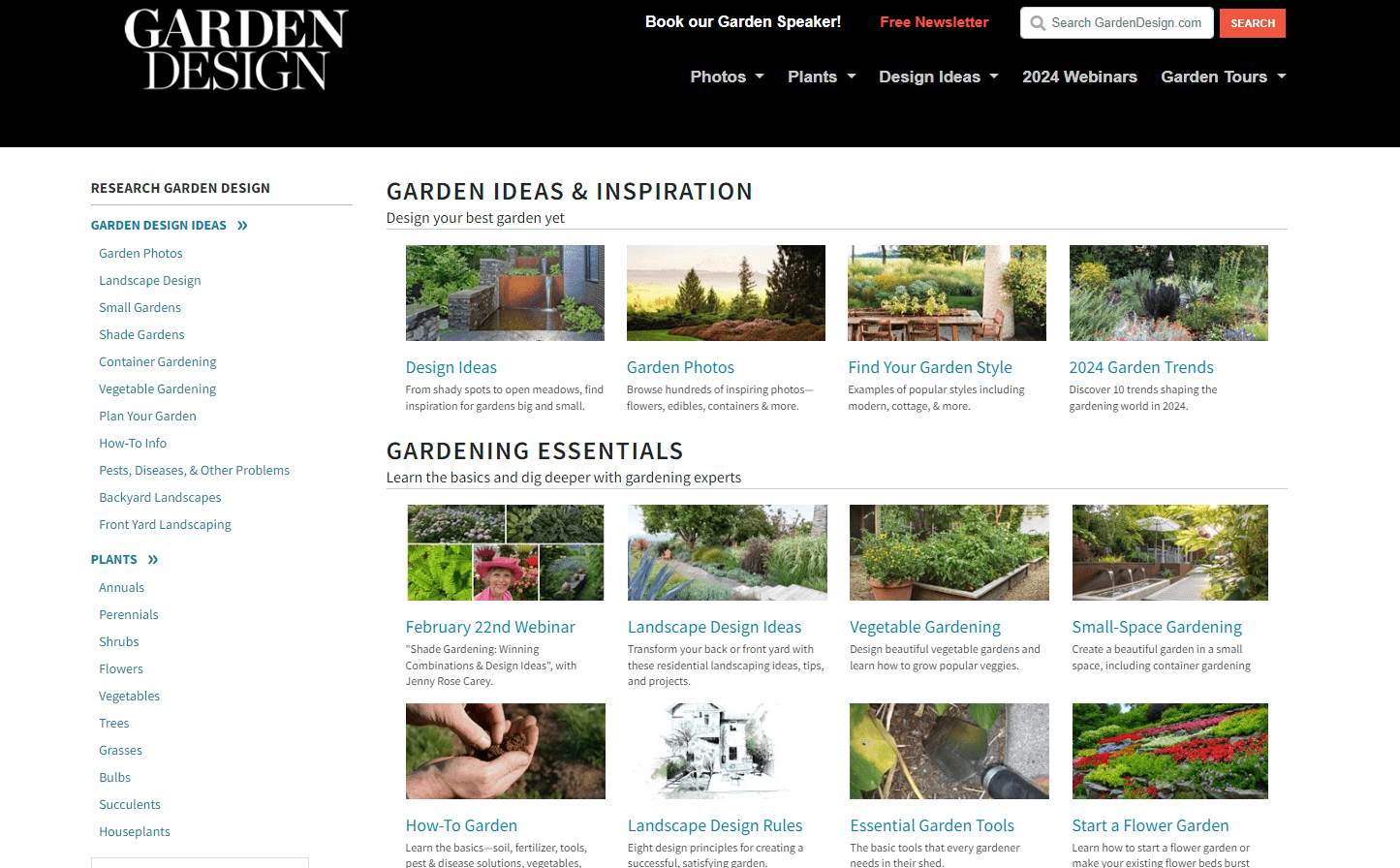
“Content is the soil in which your SEO strategy grows.” In the world of gardening SEO, creating rich, organic content is like nurturing a thriving garden. This section will guide you through the essentials of content creation and blogging, ensuring your website blooms in the vast digital landscape.
- Blogging for SEO: A well-maintained blog is like a garden that attracts visitors. Regular blogging, with posts relevant to your audience’s interests, can significantly boost your website’s SEO. Topics range from ‘The Best Seasonal Plants’ to ‘Eco-Friendly Gardening Tips.’ Each blog post should have engaging, informative content and strategically placed keywords. Remember, quality is key. Regular updates, ideally 4-5 times a month, keep your website fresh and appealing to readers and search engines.
- Quality Content Guidelines: The heart of your SEO is quality content. It’s not just about peppering articles with keywords; it’s about providing value to your readers. Your content should answer questions, offer solutions, and share insights into the gardening world. Include engaging product descriptions, helpful tips, and in-depth guides. Use clear, concise language and break down complex topics into digestible information. Visuals like photos and videos can enhance the appeal, making your content more shareable and engaging.
As you wrap up your content creation and blogging strategy, remember that each content should serve a purpose. Whether it’s educating, informing, or entertaining, your content must align with the needs and interests of your gardening audience.
In conclusion, think of your content as the seeds you sow in the fertile ground of the internet. With the right approach, these seeds will sprout into a lush landscape of engagement and visibility. Regular, high-quality blogging and content creation are not just about pleasing search engines; they’re about connecting with and growing your gardening community.
Leveraging Social Media and Link Building for Enhanced Gardening SEO
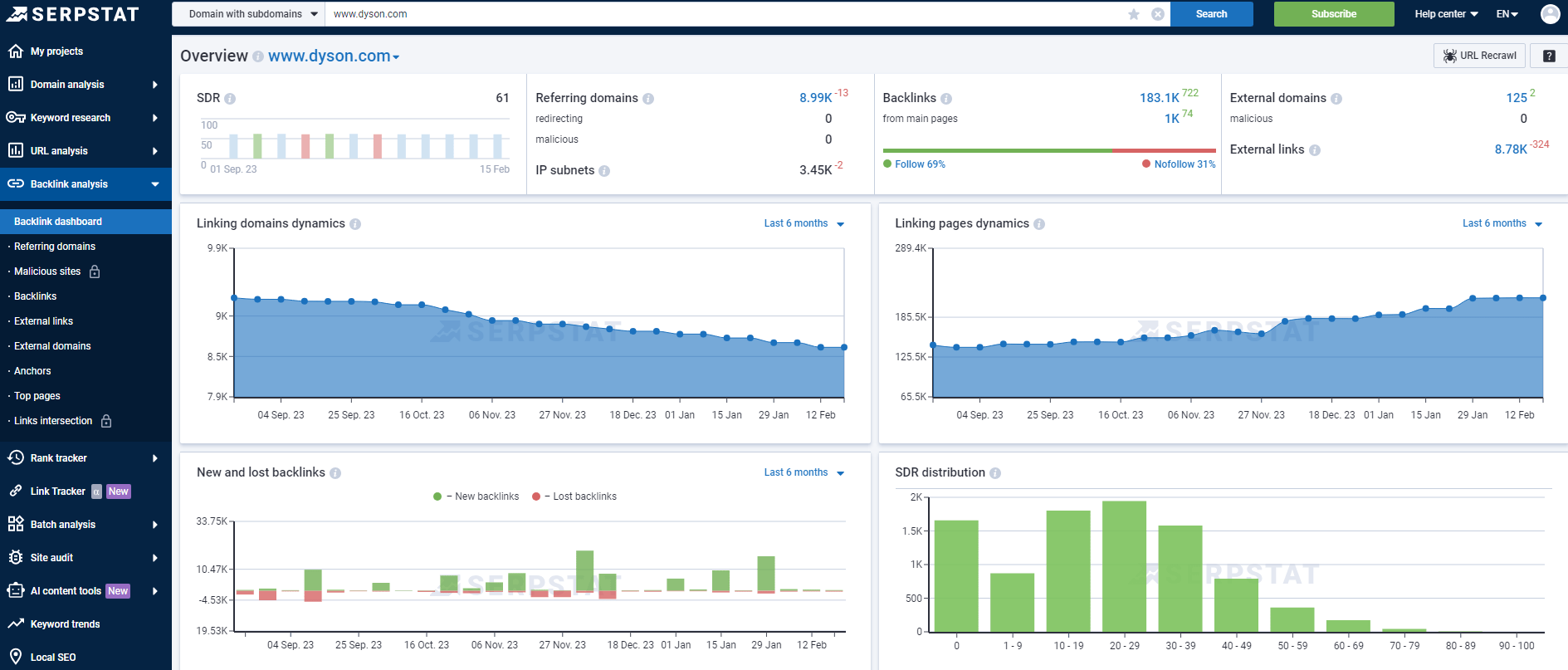
In the dynamic realm of gardening SEO, just as plants need sun and water, your website requires social media and link building. This section explores how these elements can be harnessed to help your gardening site bloom in the digital landscape.
Social Media Strategies for Boosting SEO:
- Platform Selection: Opt for platforms like Facebook, Instagram, and Pinterest, ideal for showcasing visual content and enhancing your SEO presence.
- Content Creation: Share high-quality images and videos of plants, gardening tips, and behind-the-scenes glimpses of your garden, all while integrating SEO keywords.
- Engagement: Actively engage with followers by responding to comments, conducting polls, and hosting Q&A sessions, thus boosting your SEO through increased interaction.
- Consistency: Post regularly to maintain your audience’s interest and enhance your site’s SEO visibility.
- Promotions: Utilize social media for announcements, special offers, and contests, further amplifying your SEO efforts.
Effective Link Building for Gardening SEO:
- Quality Content: Develop informative blog posts, how-to guides, and infographics, embedding SEO keywords and making them appealing for others to link to.
- Community Engagement: Participate in gardening forums, comment on related blogs, and engage in online gardening communities, improving your SEO reach.
- Collaborations: Partner with gardening influencers and websites for guest posts and mutual promotion, enhancing your SEO network.
- Directory Listings: Ensure your presence in relevant online gardening directories and communities, which is crucial for SEO.
- Backlink Analysis: Regularly scrutinize your backlinks for quality and eliminate any detrimental to your SEO profile.
In conclusion, consider social media and link-building indispensable components in your gardening SEO toolkit. They serve to spread your brand across the digital terrain, attracting traffic, engagement, and, ultimately, growth. With persistent effort and a strategic approach, your gardening website can flourish in the digital ecosystem, just like a well-tended garden.
Local SEO Optimization for Gardening Businesses
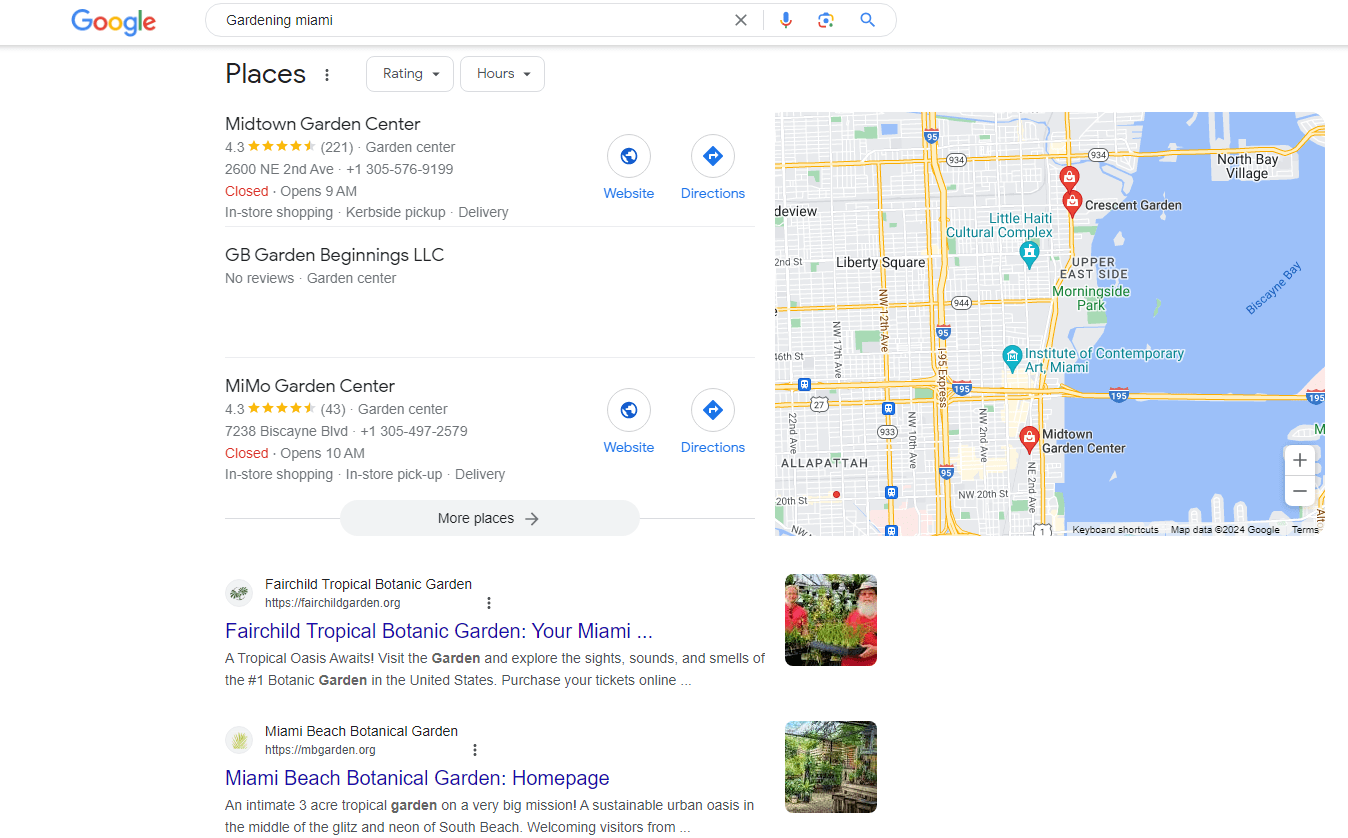
As a plant flourishes in its ideal environment, your gardening business can thrive with targeted local SEO. This technique makes your business easily discoverable by local customers, an essential aspect for any brick-and-mortar gardening store or local gardening service provider.
Setting Up Google My Business for Local SEO:
Establish a Google My Business (GMB) listing, a critical step for local SEO success. This free listing boosts your visibility in local searches and on Google Maps. Your profile should include:
- An accurate business name, address, and phone number for SEO consistency.
- A comprehensive description of your services with SEO-friendly keywords.
- High-quality images of your store, products, or projects that enhance local SEO appeal.
- Business hours and contact information are important for local SEO accuracy.
- Regular updates and prompt responses to customer reviews to maintain a strong local SEO presence.
Local Content Strategies for SEO:
Craft content that resonates with your local community, which is vital for local SEO:
- Write blog posts about local gardening events or native plants, incorporating local SEO keywords.
- Create guides on gardening in your specific climate or region using terms relevant to local SEO.
- Collaborate on content with other local businesses or gardening clubs to strengthen local SEO connections.
- Include local keywords, such as your city or neighborhood name, in your web content and meta descriptions to optimize for local SEO.
In summary, local SEO is akin to nurturing your presence within your immediate community, similar to how you would care for your garden. By focusing on local-specific content and optimizing your Google My Business listing, your gardening business can establish deep roots in the local market, leveraging local SEO.
Remember, local SEO is not only about being found; it’s about engaging with your community. It positions you as the go-to gardening authority in your area. Employing these local SEO strategies, your business can flourish where it’s planted, attracting customers seeking exactly what you offer.
User Experience and Website Optimization

In the digital garden of your website, user experience (UX) is the sunshine that makes your content bloom. A website optimized for UX is like a well-kept garden, inviting and easy to navigate. Let’s dig into how you can optimize your gardening website to offer the best experience to your visitors.
Mobile Optimization
With most garden lovers browsing on their smartphones, your website must be mobile-friendly. This means fast loading times, responsive design, and easily clickable links. Test your website’s mobile compatibility regularly and ensure that images and text scale properly on different devices.
Site Speed and Navigation
Just as a gardener prunes their plants for better growth, streamline your website for speed and ease of navigation. A slow-loading site is like a weed; it can deter visitors from exploring further. Use tools like Google PageSpeed Insights to analyze and improve loading times. Clear navigation menus and a well-structured layout guide visitors smoothly through your website, much like a path through a garden.
In wrapping up, remember that a great user experience on your website is key to keeping visitors engaged and coming back. Your website should be a digital sanctuary, reflecting the beauty and ease of your gardening expertise.
Think of UX and website optimization as the water and nutrients for your digital presence. They ensure that when visitors come to your site, they stay, engage, and return. With these elements in place, your website can grow into a thriving hub for gardening enthusiasts and customers alike.
Analytics and SEO-Enhanced Performance Tracking
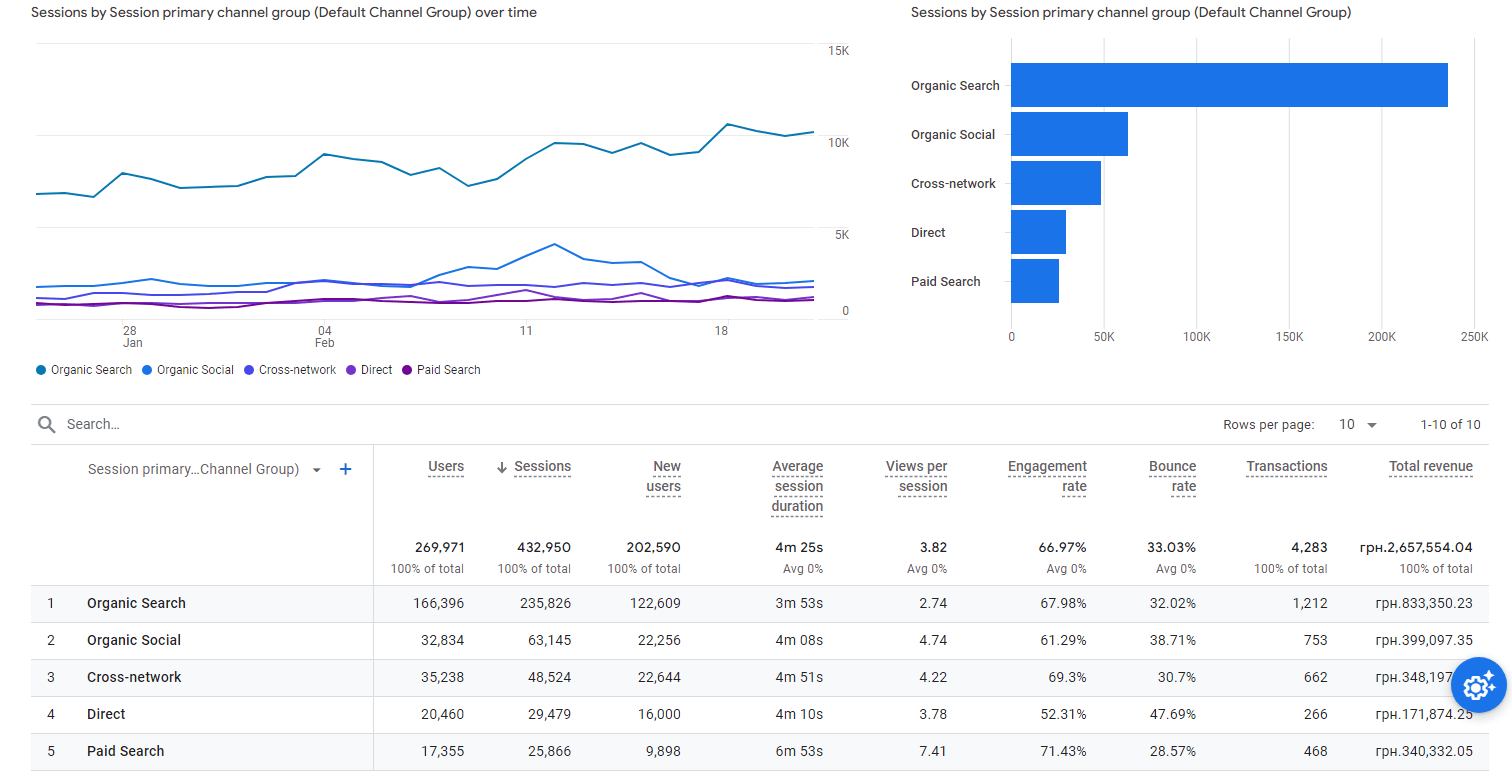
Just as a gardener regularly assesses the health of their plants, monitoring your website’s performance through SEO-focused analytics is essential for growth. Understanding how visitors utilize your site improves SEO and user experience. Let’s delve into analytics and performance tracking tailored for your gardening website’s SEO success.
Key SEO Metrics to Monitor:
- Traffic Sources: Determine where your visitors originate – whether through search engines, social media, or direct visits and how these channels impact your SEO.
- User Behavior: Monitor which pages receive the most visits, the duration of these visits, and the type of content that keeps users engaged to refine your SEO tactics.
- Conversion Rates: Assess how well your site converts visitors into customers or leads, a crucial aspect of SEO effectiveness.
- Bounce Rates: High bounce rates might indicate content or user experience issues, affecting your SEO performance.
Using Analytics for SEO Improvement:
- Content Strategy: Utilize visitor data to enhance your content strategy, focusing on popular topics to boost SEO.
- SEO Adjustments: Track which keywords drive traffic and optimize your content to align with these findings.
- UX Enhancements: Identify and address any navigational issues or page errors that could be impairing user experience and, consequently, your SEO.
Remember, analytics serve as the compass for your website’s SEO journey, offering insights into what’s effective and requires refinement.
In conclusion, embracing analytics and performance tracking is crucial for the future of your gardening website’s SEO. It’s about understanding your audience, fine-tuning your strategies, and nurturing your online presence, akin to how gardeners care for their garden. With these tools, your website is poised to grow robustly, blossoming into a go-to destination for gardening enthusiasts through optimized SEO strategies.
Conclusion
As we prune the final branches of our journey through Gardening SEO, remember that nurturing your digital presence is a continuous process, much like tending to a garden. The tips we’ve explored – from keyword optimization to user experience – are your tools for cultivating a thriving online landscape. Plerdy’s blog is full of insight, so keep digging. Dive into more articles to keep your knowledge flourishing. And if you’re looking for a partner to help your website bloom, Plerdy’s suite of SEO and analytics tools is the gardener’s best friend. Let’s grow together – visit Plerdy and watch your digital garden thrive!

 Sign up with Google
Sign up with Google